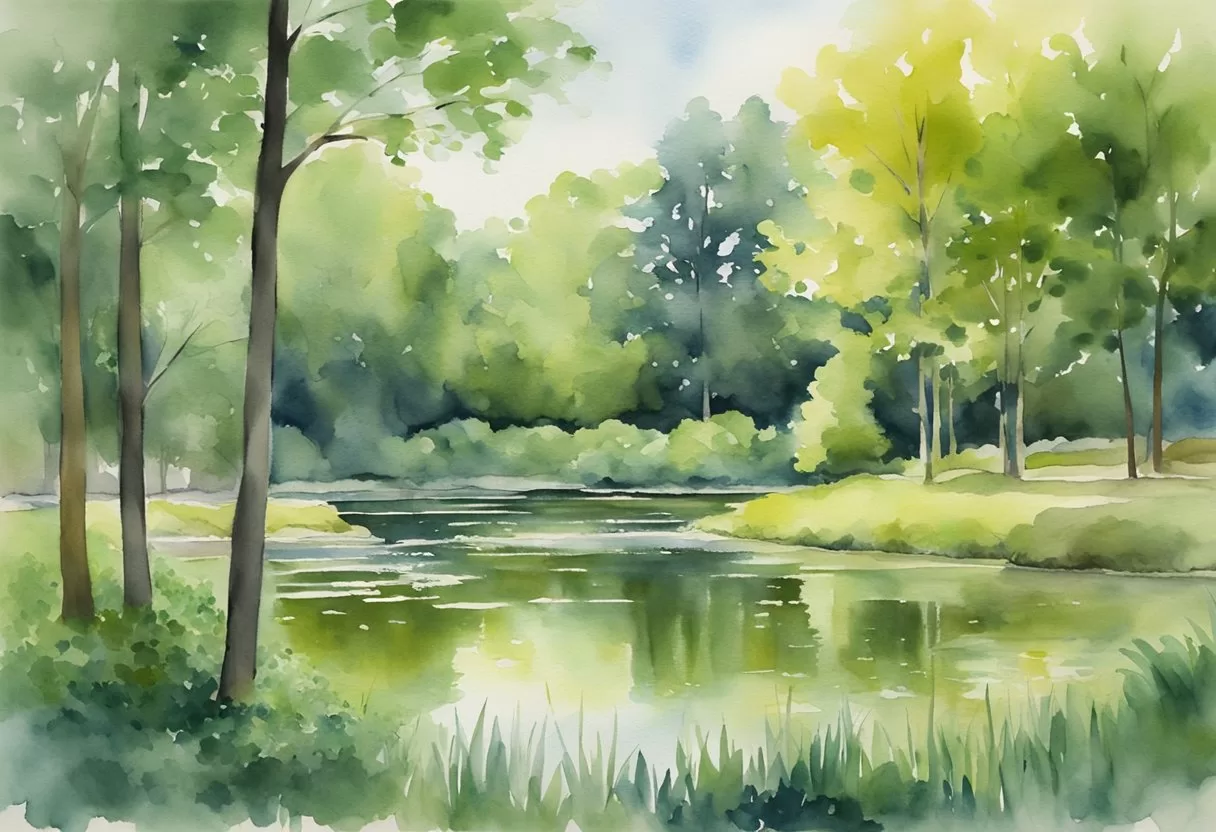Key Bird Watching Locations in Manchester
Manchester, New Hampshire, offers a variety of exceptional locations for bird watching enthusiasts. From expansive wetlands to serene lakes, these sites are rich in biodiversity and provide numerous opportunities to observe both resident and migratory bird species.
Great Bay National Wildlife Refuge
Great Bay National Wildlife Refuge is a prime location for bird watching. This refuge covers over 1,000 acres of diverse habitats, including salt marshes, mudflats, and forests. These environments attract a wide variety of bird species throughout the year.
Visitors often spot migratory birds during their seasonal migrations. Species such as herons, egrets, and numerous waterfowl are commonly sighted. The refuge features several well-maintained trails, allowing easy access for both novice and experienced bird watchers.
Birding observation points are strategically placed for optimal viewing. The refuge also hosts educational programs focused on local wildlife, enhancing the bird watching experience.
Massabesic Lake
Massabesic Lake is another significant bird watching destination near Manchester. This large lake is surrounded by extensive forested areas and marshlands, providing a rich habitat for various bird species.
Commonly observed birds include waterfowl like ducks and geese, as well as songbirds in the surrounding trees. The lake’s wetlands are especially important for migratory birds during spring and fall.
Many trails encircle the lake, offering opportunities for leisurely walks while bird watching. The area is accessible year-round, making it a popular spot for both casual and serious bird watchers.
Mount Washington Valley
Mount Washington Valley, though slightly further from Manchester, is renowned for its stunning scenery and diverse bird populations. This valley is home to many unique habitats, including forests, mountains, and streams.
Bird watchers can observe species such as peregrine falcons and various woodpeckers. During migration seasons, a wide range of birds pass through, making it a vibrant location for birding.
The region offers numerous trails and lookout points that provide breathtaking views, enhancing the bird watching experience. The combination of altitude and diverse habitats creates ideal conditions for observing a variety of bird species.
Bird Species and Habitats

Manchester, New Hampshire, offers a rich variety of bird species thanks to its diverse habitats. Birdwatchers can anticipate encountering both common residents and seasonal visitors across different environments.
Common Birds and Where to Find Them
The bird population around Manchester includes a range of common species easily spotted in local parks and backyards. Black-capped Chickadees are frequent visitors to feeders, known for their characteristic sounds. Blue Jays are also prevalent, often seen in trees or foraging in open areas.
Warblers, such as the Yellow Warbler, can be found flitting among shrubs and trees during migration periods, particularly in late spring. Local parks, like Lake Massabesic, serve as excellent spots for observing these species.
Water bodies also attract Bald Eagles and Ospreys, often seen hunting for fish. Their presence signals the health of the ecosystem, providing opportunities for birders to witness these majestic raptors in action.
Rare and Migratory Species
Among the rare and migratory species, Bicknell’s Thrush is noteworthy. Found in higher elevations, this elusive bird makes brief appearances during migration, primarily in late spring and early fall. Birders often seek out its preferred habitats in dense, coniferous forests.
Additionally, Peregrine Falcons nest on cliffs and urban buildings in Manchester. They are a success story of conservation, recovering from past declines.
Spruce Grouse can be encountered in surrounding forests, particularly in spruce and fir areas, where they thrive among the underbrush. Birdwatchers should be attuned to their distinctive calls during early morning hours to increase their chances of spotting these remarkable birds.
Tips and Essentials for Bird Watching
Successful bird watching requires the right equipment and adherence to ethical practices. By focusing on quality gear and responsible behavior, birders can enhance their experience while minimizing their impact on wildlife.
Choosing the Right Equipment
Selecting appropriate equipment is crucial for a rewarding birding experience. Binoculars are perhaps the most essential tools. A good pair should have magnification of at least 8x and a wide field of view. Popular brands include Nikon, Vortex, and Canon, which offer models that suit various budgets.
In addition to binoculars, carrying a quality field guide can help identify species. Many birders opt for apps that provide real-time information and images for quick reference. A lightweight backpack is helpful for storing snacks, water, and a notebook for recording sightings.
By including hiking shoes and weather-appropriate clothing, he or she can remain comfortable on extended outings, whether in wetlands or elevated areas. Opting for durable gear allows him or her to participate in various outdoor activities, from bird watching to hunting or skiing, without compromising comfort.
Best Practices for Birding Ethics
Ethical bird watching ensures minimal disturbance to wildlife and their habitats. Keeping a respectful distance from nests and feeding areas helps protect birds, particularly during breeding seasons. She should prioritize quietness to avoid startling birds, especially in sensitive environments like wetlands.
Participation in guided tours can promote ethical practices and enhance learning. Experienced guides often emphasize appropriate behaviors, from minimizing noise to using non-invasive observation techniques. Birders should avoid using pets during excursions, as they can frighten wildlife and lead to unintentional harm.
Additionally, all birdwatchers are encouraged to leave no trace. This includes following marked trails, carrying out all trash, and being mindful of local regulations. By practicing these principles, he or she not only enjoys bird watching but contributes positively to conservation efforts.
Share this content:

Post Comment
You must be logged in to post a comment.